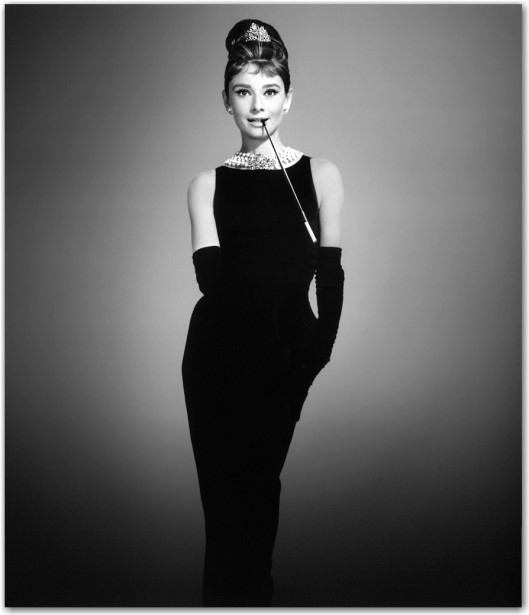October 12, 2017
Coco Chanel’s “Little Black Dress”

Growing up, this woman had been abandoned by her father, leaving her and her siblings to become orphans. Although she grew up very poor, she strove to make a name for herself and be somebody important in the world, and she has since become famous for her fragrances, signature handbags, and the modern breakthrough in women’s fashion associated with her, revolutionizing the world of fashion one piece of clothing at a time. She was the French fashion designer Gabrielle “Coco” Chanel. Being filled with the “desire for independence and need to be different,” Chanel freed women from tight corsets and introduced them to new comfortable loose clothing.1
During the 1920’s, Chanel had become one of the most powerful designers, creating a variety of fashionable clothing worn by women, and even influencing the “flappers.”2 Prior to her “revolution in fashion,” the fashion industry had been ruled by men, and clothes were made from a male’s viewpoint for how women should dress. But she introduced an entirely different concept of women’s fashion to the world. In the years before 1919, fitted vibrant colored clothing was the signature look, where black or dark clothing were only worn at funerals and at times of mourning. She even began attending many high social functions wearing pants, making something that was never done before a new trend in women’s fashion.3 Her style was one of a kind. She designed her clothing from her own viewpoint, as a woman, wearing what she saw as most comfortable.
Her creations instantaneously became the uniform of the modern women. It all started with the explosion of a gas burner while getting ready for an event in 1926. She found herself troubled trying to get the water temperate enough to wash her face. Wearing a simple white dress, she tried to alter the gas flame when it exploded surprisingly. Her white dress was now fully coated with soot. The explosion resulted in the creation of the legendary “Little Black Dress.”4 The original little black dress was plain and simple. It was a long-sleeved black fitted, but also comfortable creped, dress.5 It was a tragedy that led to the innovation of a lifetime. Chanel had created the perfect dress, suitable for any occasion, elegant or casual. “It defined the essence of modern, liberated women and reflected a change.”6

When the famous actress Audrey Hepburn wore the dress in 1961, it brought more attraction to the style and simplicity of the Little Black Dress. It became more idolized and desired. The fame of the little black dress increased due to its exposure in Hepburn’s iconic movie, Breakfast at Tiffany’s. She portrayed a character named Holly Golightly.7 Chanel’s fashion was frequently displayed among the high social class. She dressed many famous individuals such as Elizabeth Taylor, Marilyn Monroe, Princess Diana, Madonna, and Jackie Kennedy.8
Through the years, the Little Black Dress became knows as the LBD. It came to be a necessity in every woman’s attire. It could be used for any type of occasion. Generations after generations, the dress has changed drastically. The LBD went from a fitted design to a more fashionable cocktail dress for special events. The LBD has become a trademark, displaying the transformation of fashion and dress since at least the late 1920’s. We are now in the twenty-first century; the little black dress remains a mainstay of the clothing industry and a must in the wardrobe of every woman. Even after four decades after her death, Chanel remains an icon. She played a very important role in the revolution of women’s fashion. Thanks to Chanel’s bold attitude and braveness, she broke the “rules” and transformed fashion.
- Encyclopedia of World Biography, 2004, s.v. “Coco Chanel.” ↵
- St. James Encyclopedia of Popular Culture, April 2013, s.v. “Chanel, Coco,” by Richard Martin. ↵
- Encyclopedia of World Biography, 2004, s.v. “Coco Chanel.” ↵
- Isabella Alston and Kathryn Dixon, Coco Chanel (United States: Bellagio Press, 2014), 34. ↵
- Isabelle Fiemeyer, “Chanel the Enigma,” France Today Vol.32, No. 1 (2016): 83. ↵
- Deborah Felder, The 100 most influential women of all time: a ranking past and present (New Jersey: Citadel, 1996), 175. ↵
- Nancy Wingston, “It starts with a little black dress,” Toronto Star (2016). ↵
- Isabella Alston and Kathryn Dixon, Coco Chanel (United States: Bellagio Press, 2014), 90. ↵
Tags from the story
Gabrielle “Coco” Chanel
Little Black Dress